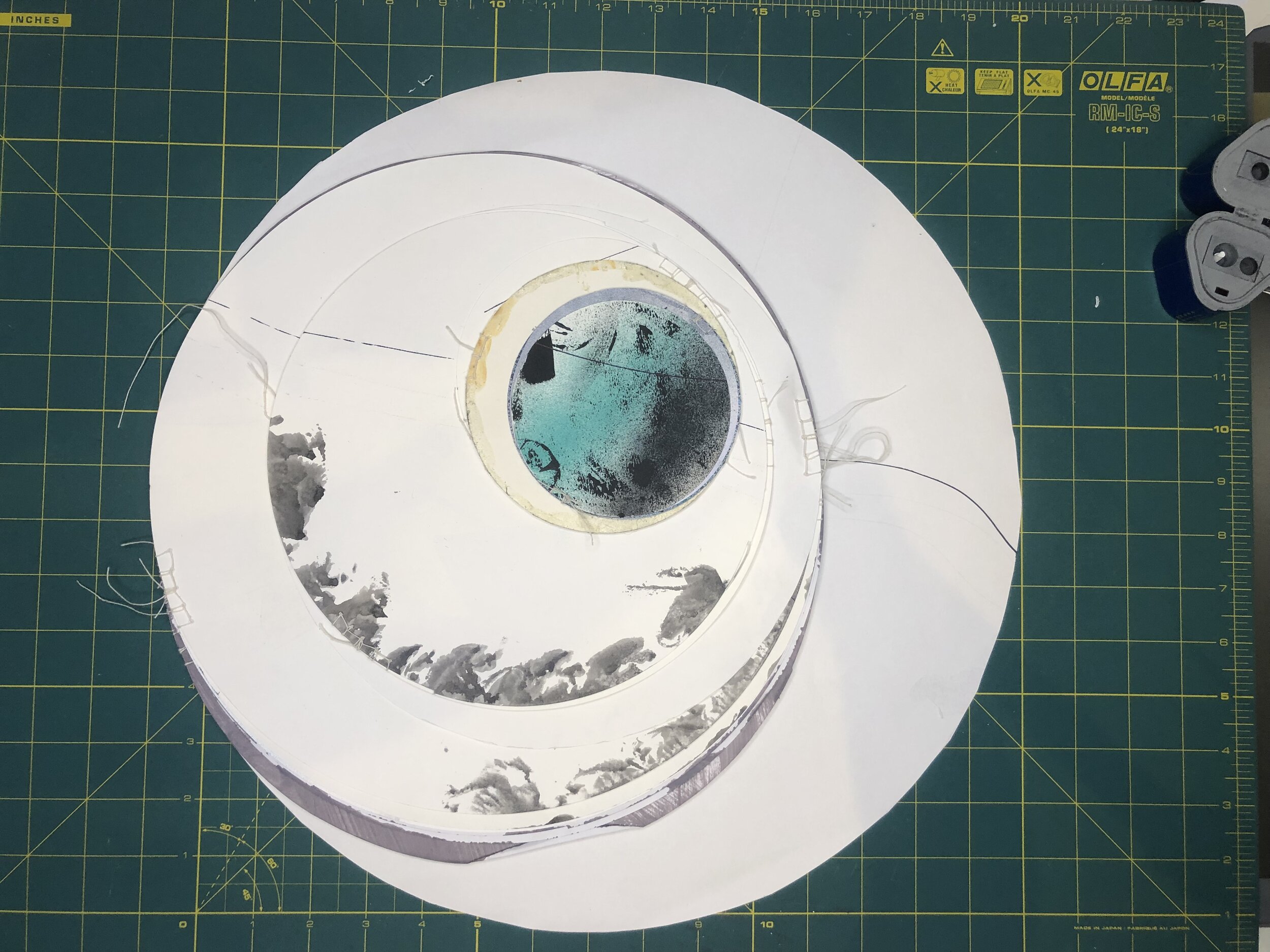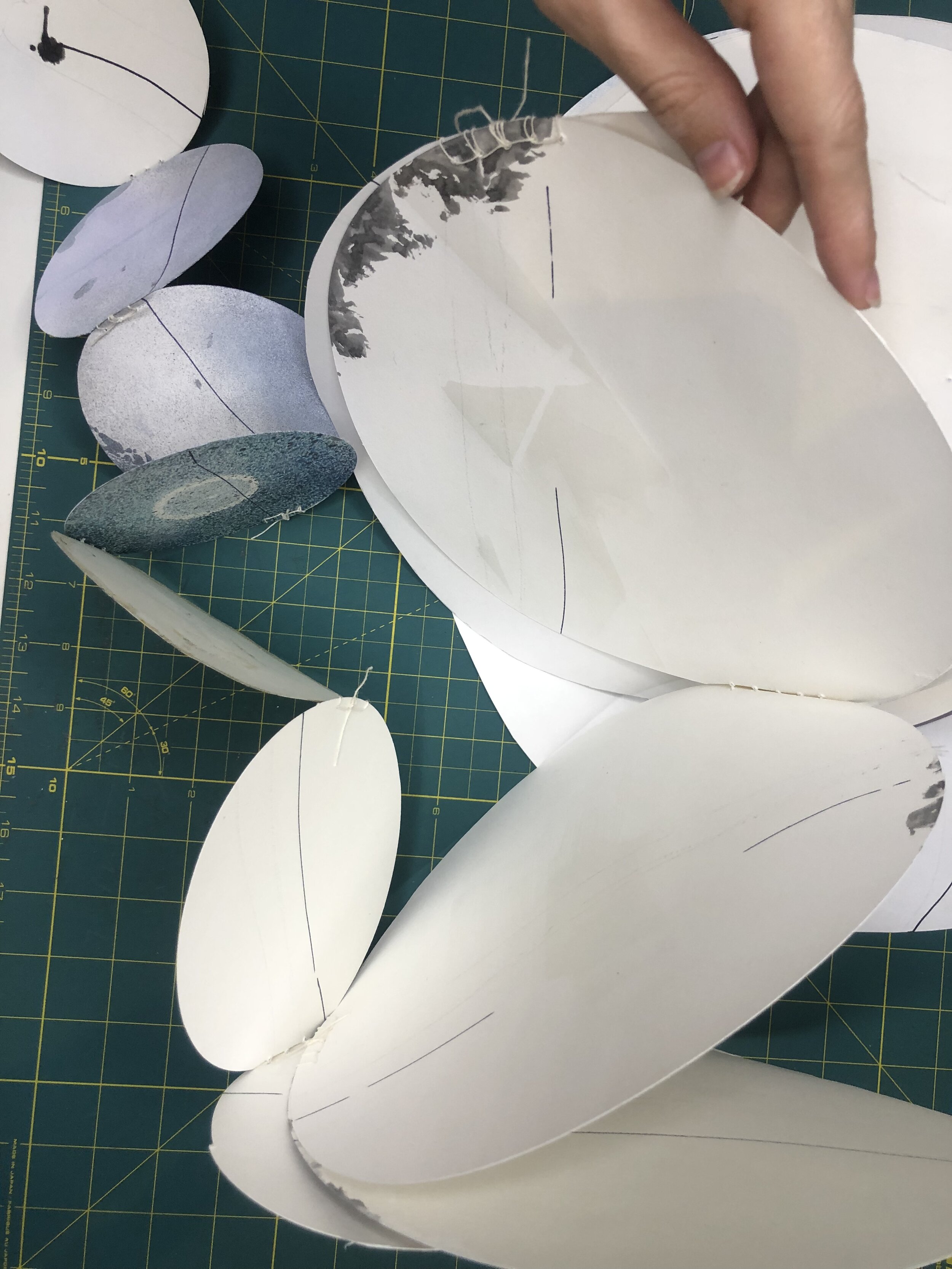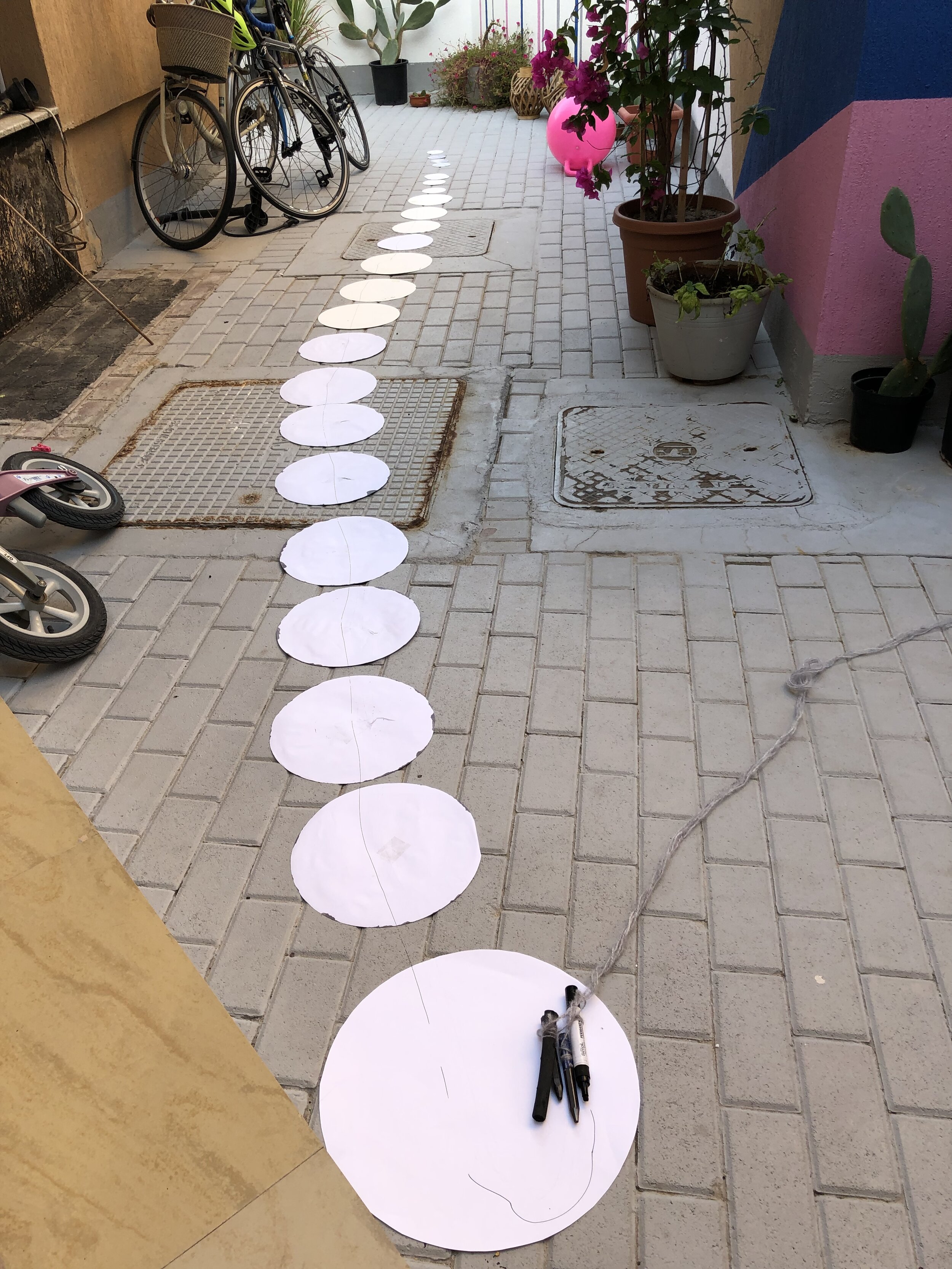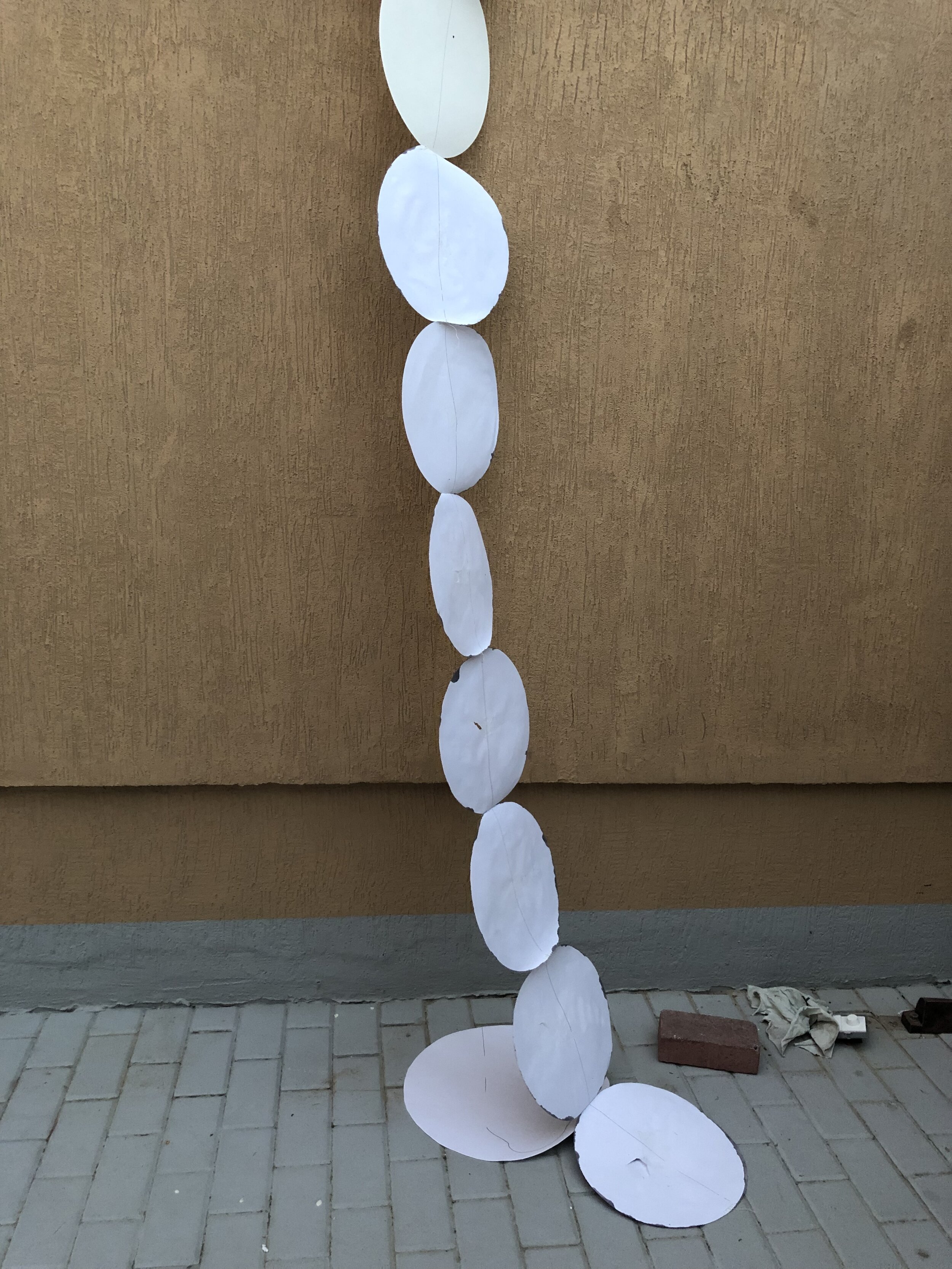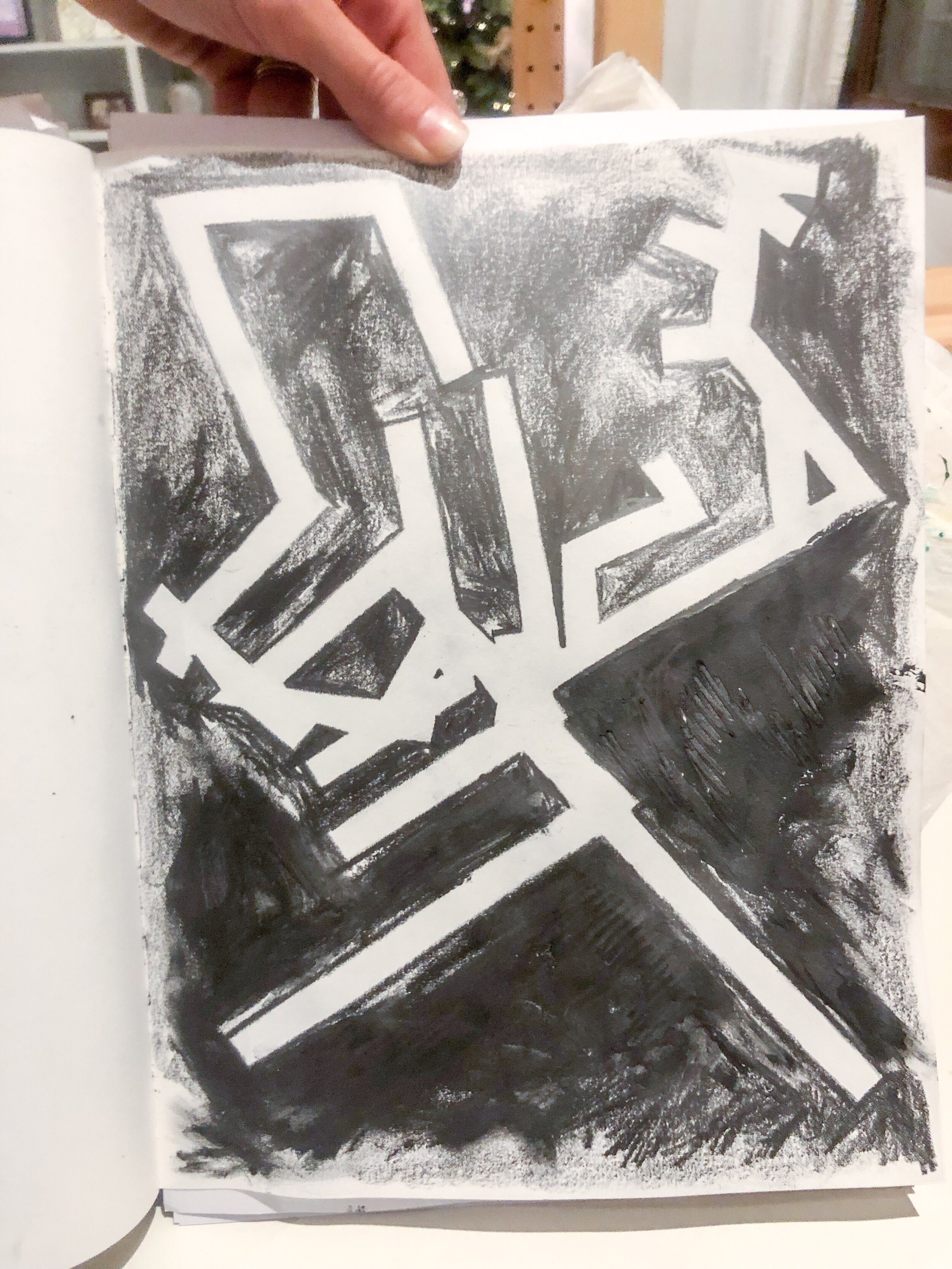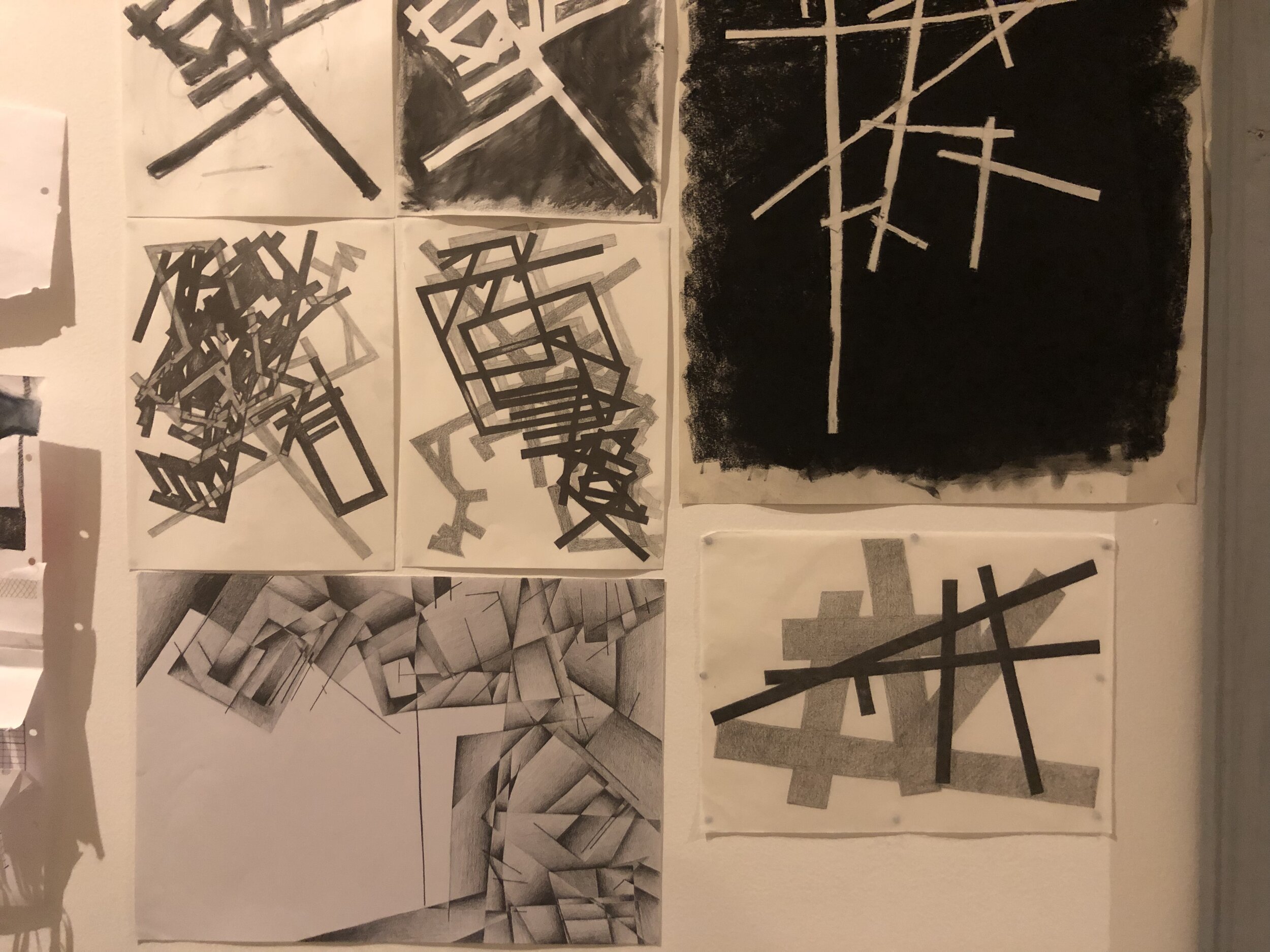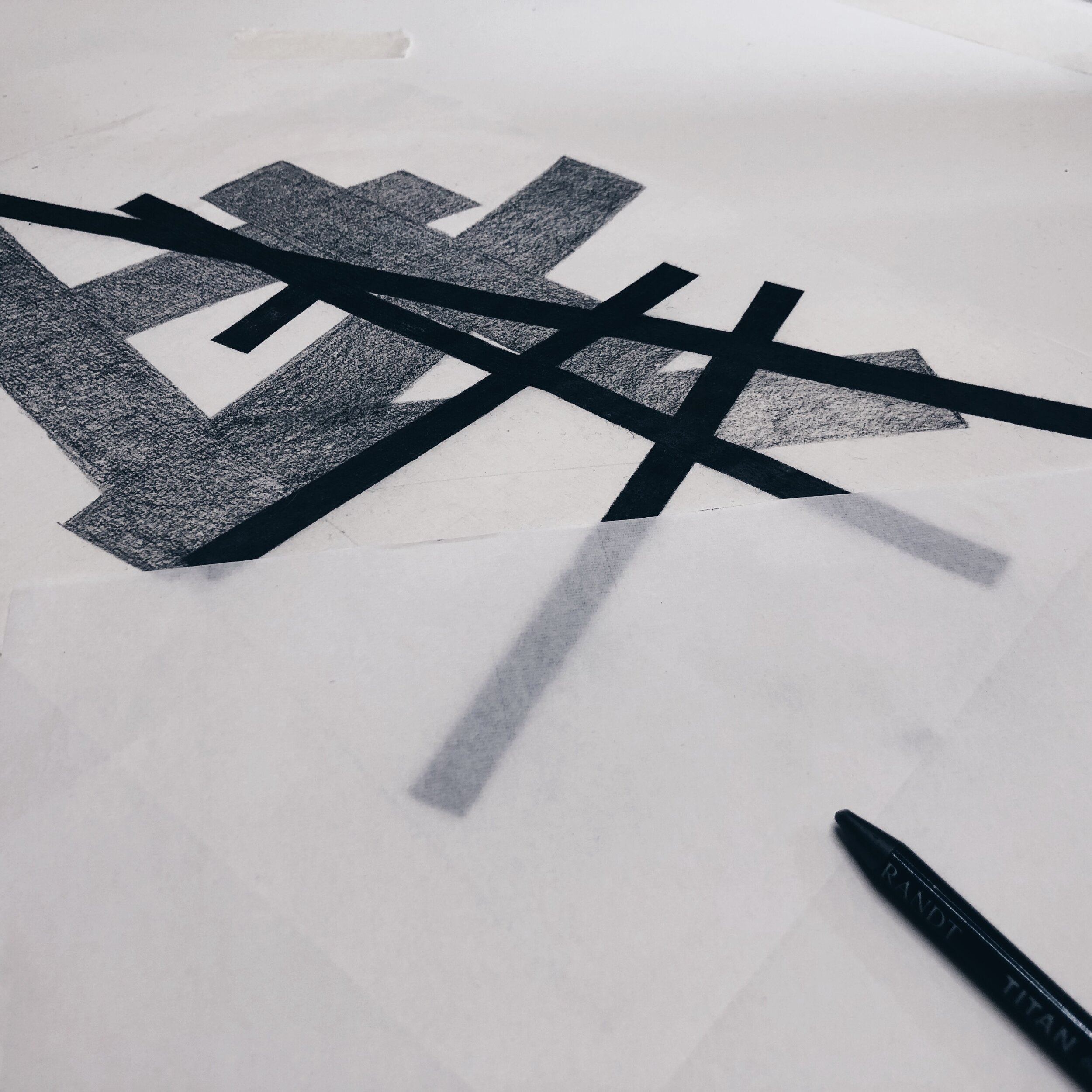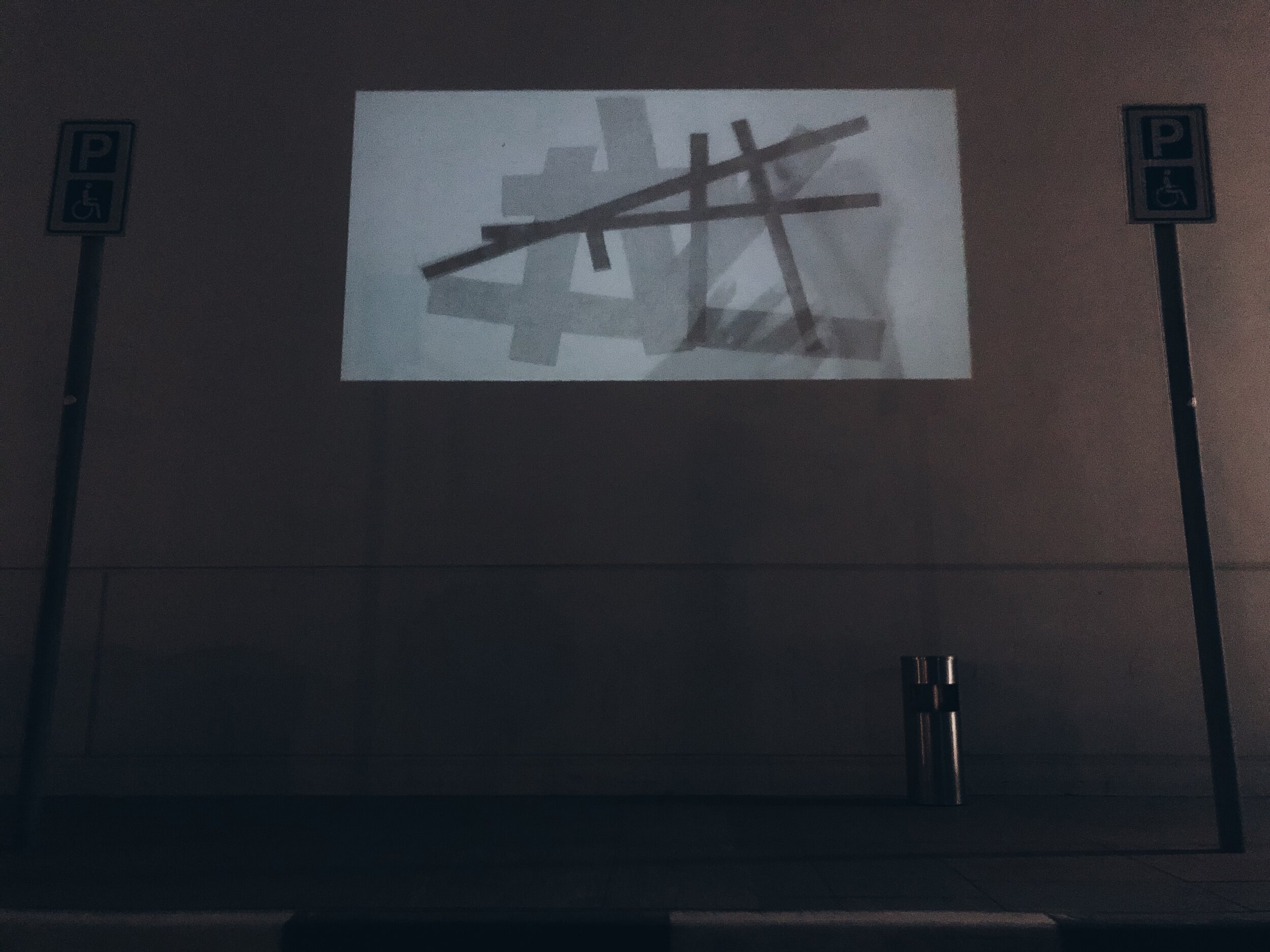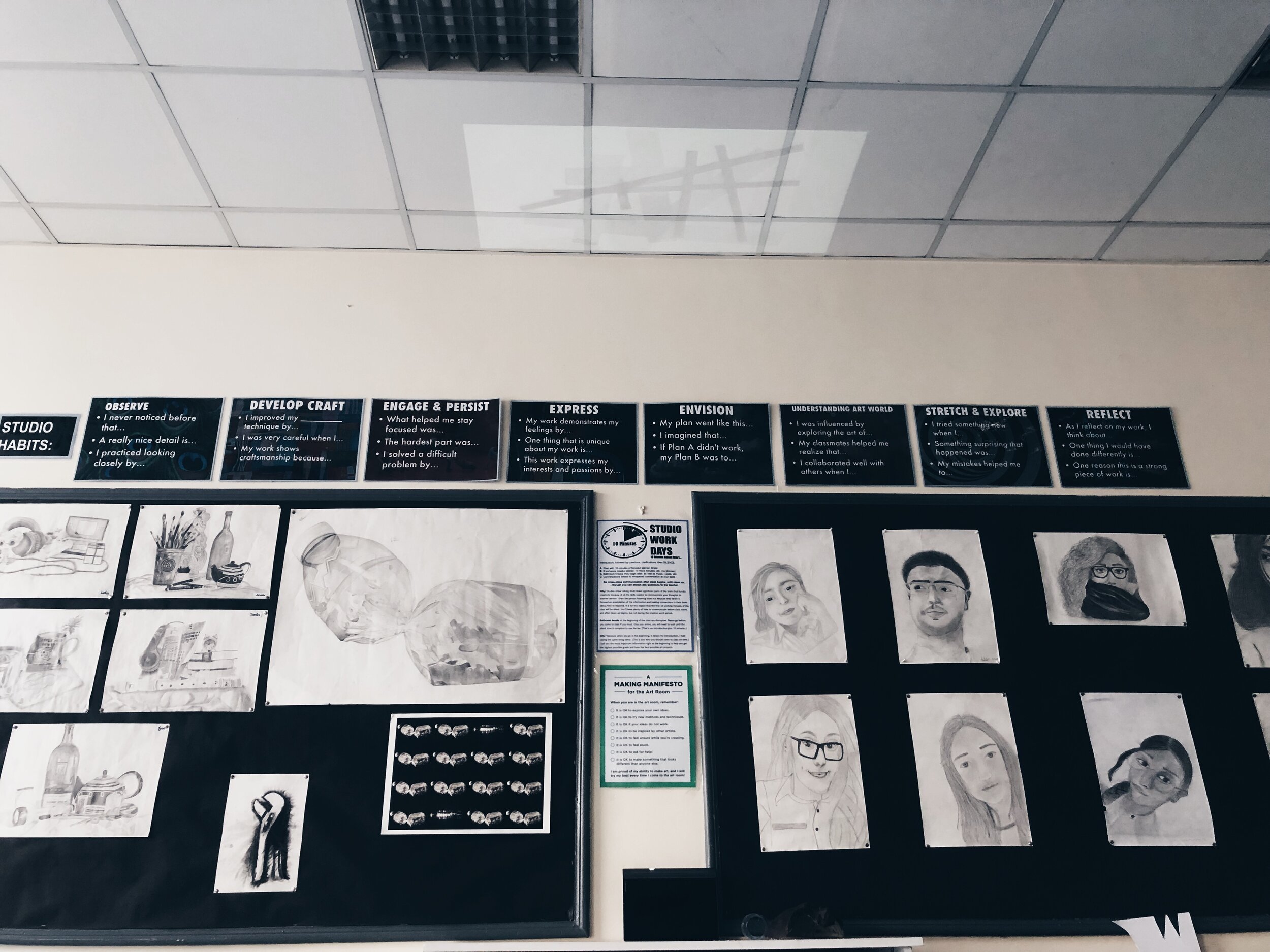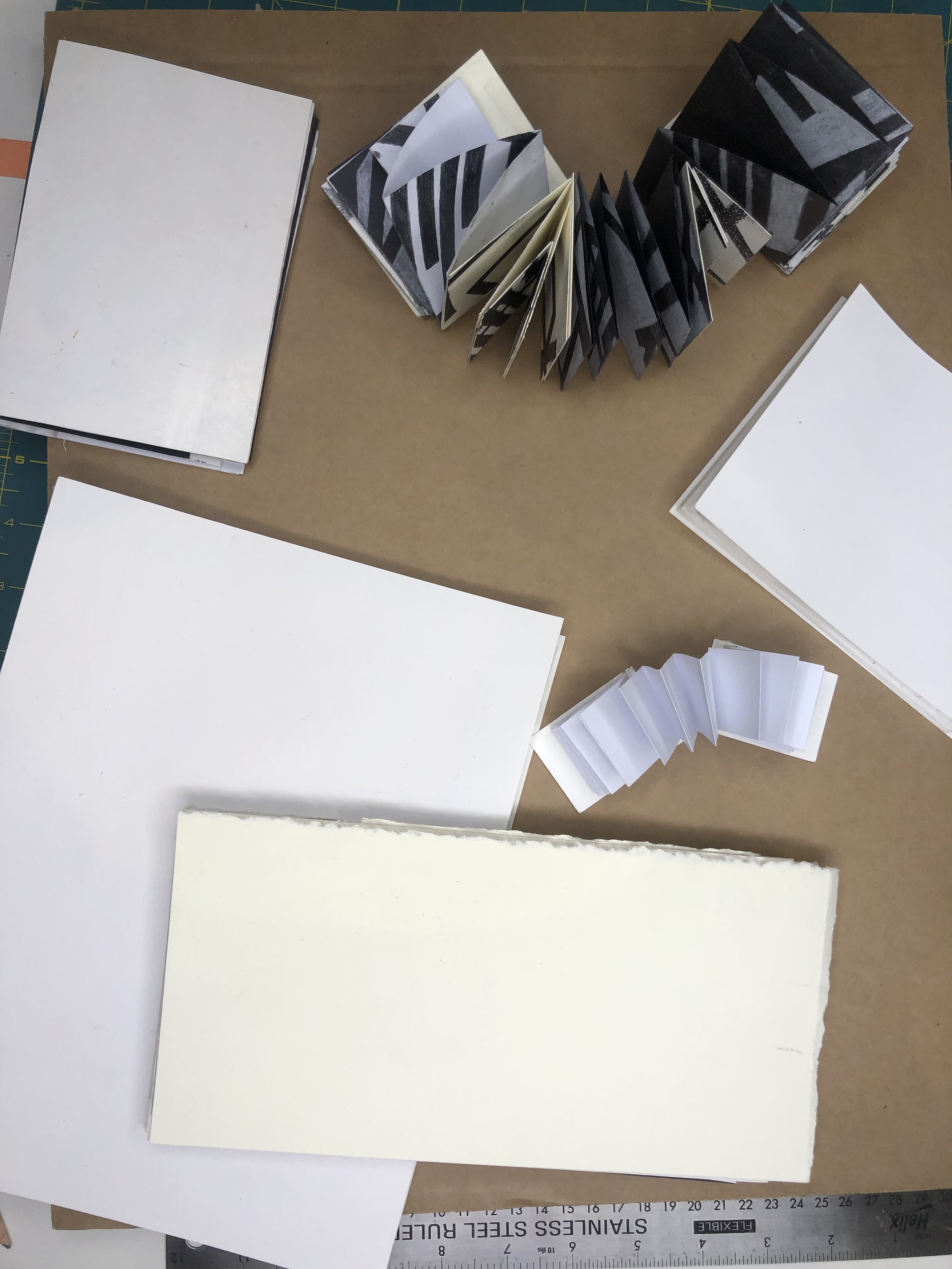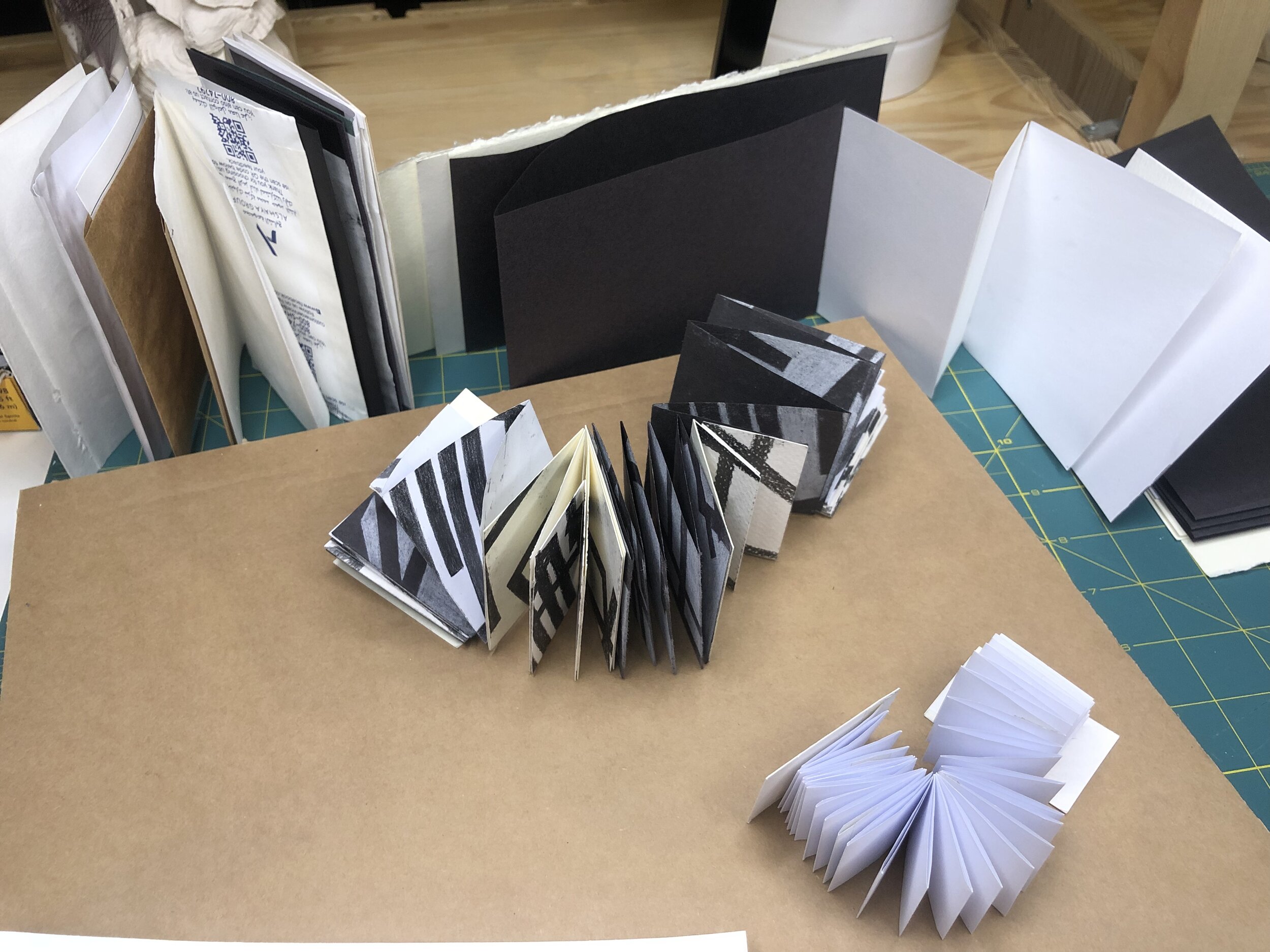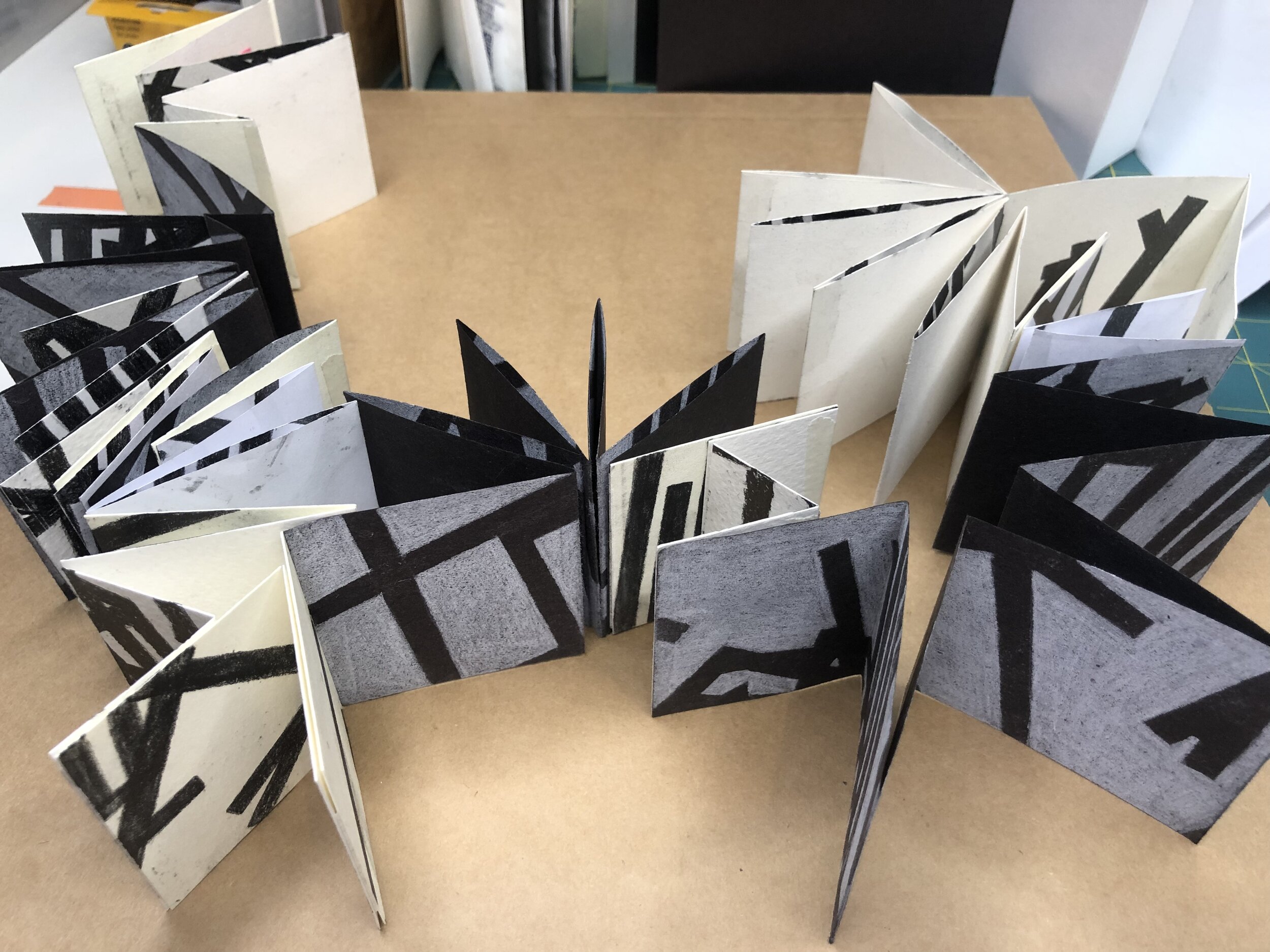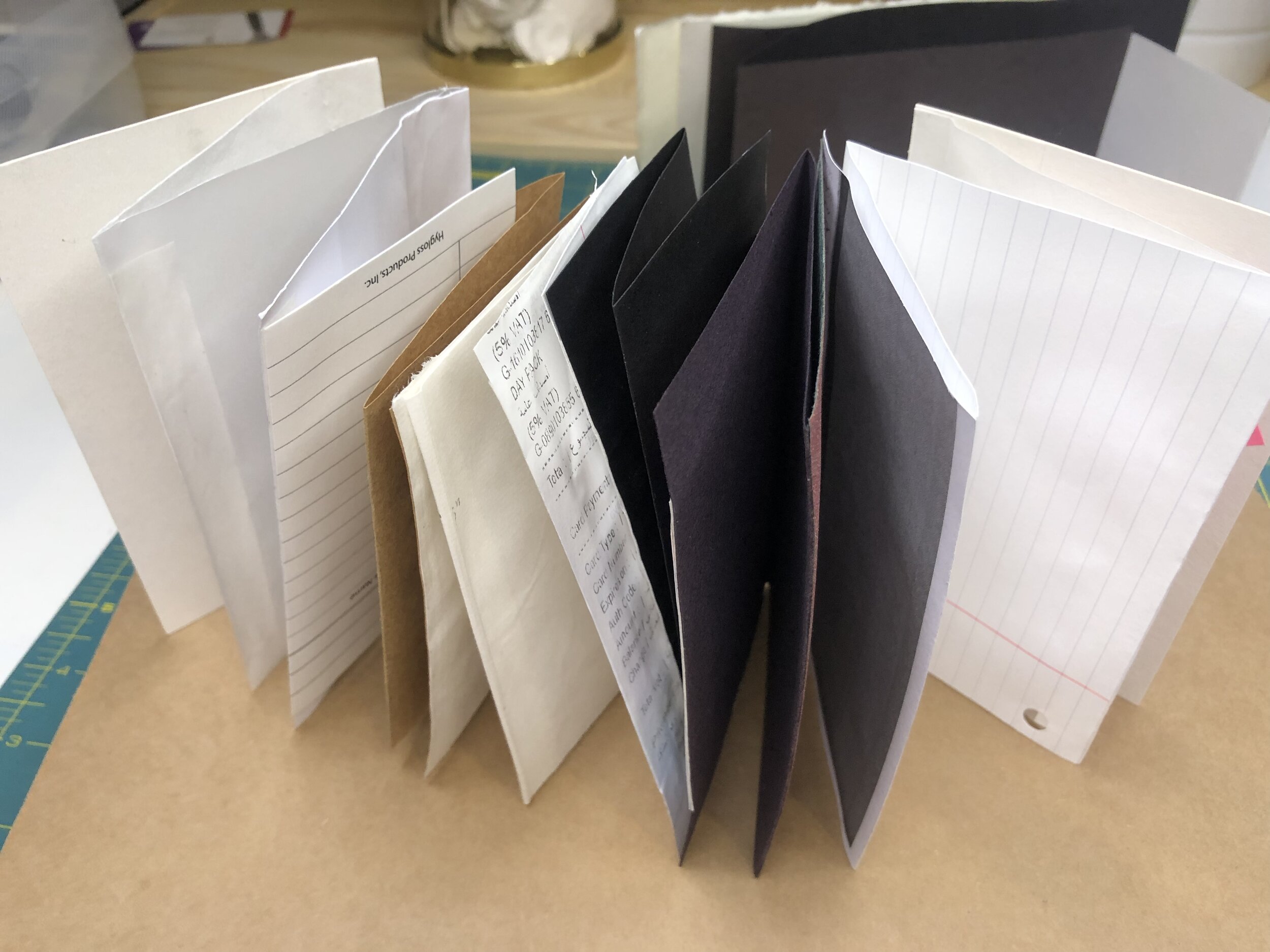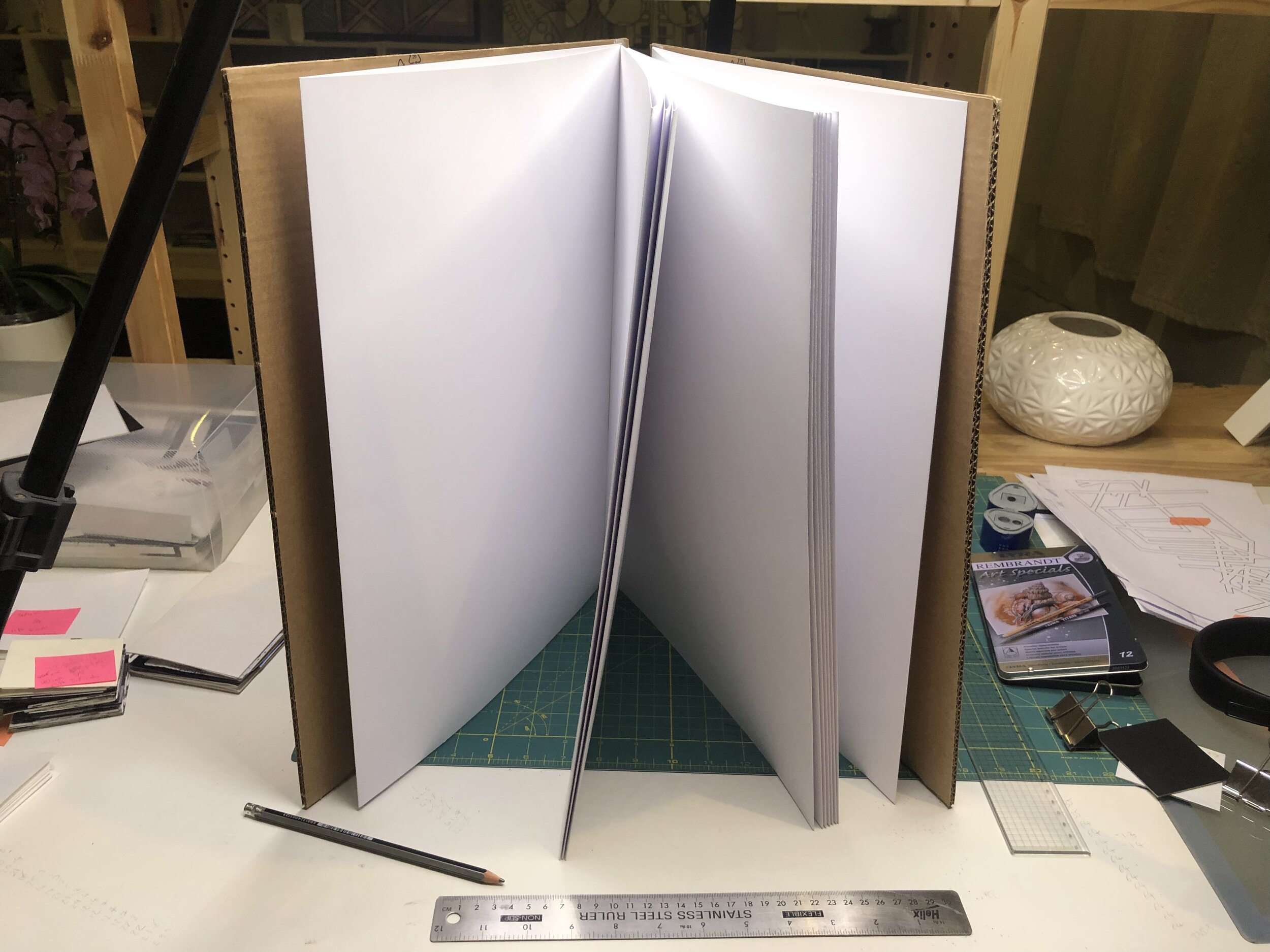Contextual Study tutorials - KF
When Monday, 4 Mar 2019
Reflections since the last tutorial
Too many keywords which reflects the broad and loose thinking - Materiality, Collision - movement, fragments, fractions, Repetition, Tactility, Defamiliarizing, Layering, Boundaries - constraint, containment, Consumption, Space - constraint, Visibility, Transparency, Binding, Drawing, Performances (added from Rhoda’s feedback)
Initial questions were: To what extent could collisions in drawing reflect materiality of practice? or How can the practice of drawing reflect the materiality of collision? - these are uncomfortable and don’t feel like they are reflecting practice right now. They feel like an attempt to make something sound important or interesting to fulfil criteria which would make writing about them difficult and lacklustre.
Definitely need to provide definitions with the writing to clarify the viewpoint being examined and not allow for assumptions. Rhoda had asked for clarification of tactility, and Kimberley had discussed the notion of event and collision.
Through Testing Boundaries I am exploring the collision of making and made and producing work that brings these two together. layering them, in performance and documentation. Kimberley had provided the suggestion of Richards Serra’s Drawing as a verb. An addition from KF: this was an an example of how the action of art relates to the language that was discussed in the tutorial.
Rhoda had cited that she was clear on my thinking once she had seen the drawing in practice on the making day.
Discussion and recommendations
Keywords in discussion:
density, feeling the drawing, tactility, process, questioning accuracy, act of doing a drawing
questioning accuracy - criterion of drawing - what is a drawing, what is and isn't, ways to determine a drawing, the boundaries of making something by drawing that doesn’t represent a drawing.
Act of drawing - process - action or performance of drawing, act of making, about the maker - action of the mark - leads to….
… the significance of outcome - value of outcome - the performativity of drawing, action and it being viewed - define
focus more on the ACT than performance - understanding of the artist in the act, who is seeing it, who is it seeking out, is it the intentionality that makes it the work? or is it the product that makes it the work? an addition form KF: yes we discussed how performativity sits differently from the act of drawing and this is why we questioned how you were identifying the important focus of the drawing.
filming the layering, moving on of practice - Process on Process - staggering of process -
reflecting on process and being seen, understanding that it is all drawing, what drawing id?
2000 words - the so what? - a series of questions, how do I allow them to support my thinking? purpose of practice? clarify density.
scaffold with others thinking - ideology may be the same but practice is different, think about what you do know rather than what you don’t know.
me: Agnes Martin, Ellsworth Kelly ( I couldn’t think of any more which was frustrating as I’ve read so much!) (Susan Morris, Robert Morris, Kenneth Martin, John Latham, Joan Jonas)
Kimberley: Sol Lewitt, Richard Long, Tacita Dean - read the beginnings of the Vitamin D 1-2 books
In discussion these words came out: layer, pressure, embedding/mark, erasing - create a Venn diagram - how this impacts the practice.
Feeling a lot clearer after the discussion. excited to listen back to the tutorial as I know that will really help. I am looking forward to writing as I feel this will give me further clarity and confidence in having a ‘practice about practice’ and moving away from the overly conceptual aspects I was clinging uncomfortably on to.
Agreed actions (if any)
- 10 keywords
- 5 keywords
- 3 questions for myself as possibilities to claim space
- can drawing enable….
- is it the physicality of drawing…..
- this is what I am doing, this is what I’m interested in - land it in the practice
- be specific as my practice is specific
- email Kimberley in the next 3 weeks to check in that question is focused and working.
Thoughts the next day (after discussion with students regarding documenting work)
The act of drawing in a performative context or in a private and personal aspect. The initial; exploration began with the creation of a 'walked' drawing video. This process was repeated in a different location and a change of ground.
The viewing of the work being made at the time was unimportant and felt like a 'show' which was not the intention, the audience was initially enlisted as a support and to provide aids in filming and looking.
So to discuss the act of drawing as either performative or function based within the context of the practice, how the collision of made and making transforms the reading of the piece. How can they coexist? The beginnings are always separate, it is not possible for the made to preexist the making, the making always preexists the made. In juxtaposing them in film their space and time is collided and colluded. Visibly it appears as if the drawing is being traced, the ghostly shadow of a hand moves over the paper, the image becomes darker as the images conjoin in the making process.
I wish to explore further how the drawings will be read if the making is repetitively screened over the top, staggering the intervals of the videos. the possibility of misalignment, reflecting the impossibility of making and made being mutual and coexisting. How can this transfer of time and space conflict blur or transpose on the the viewers reading of the work.
